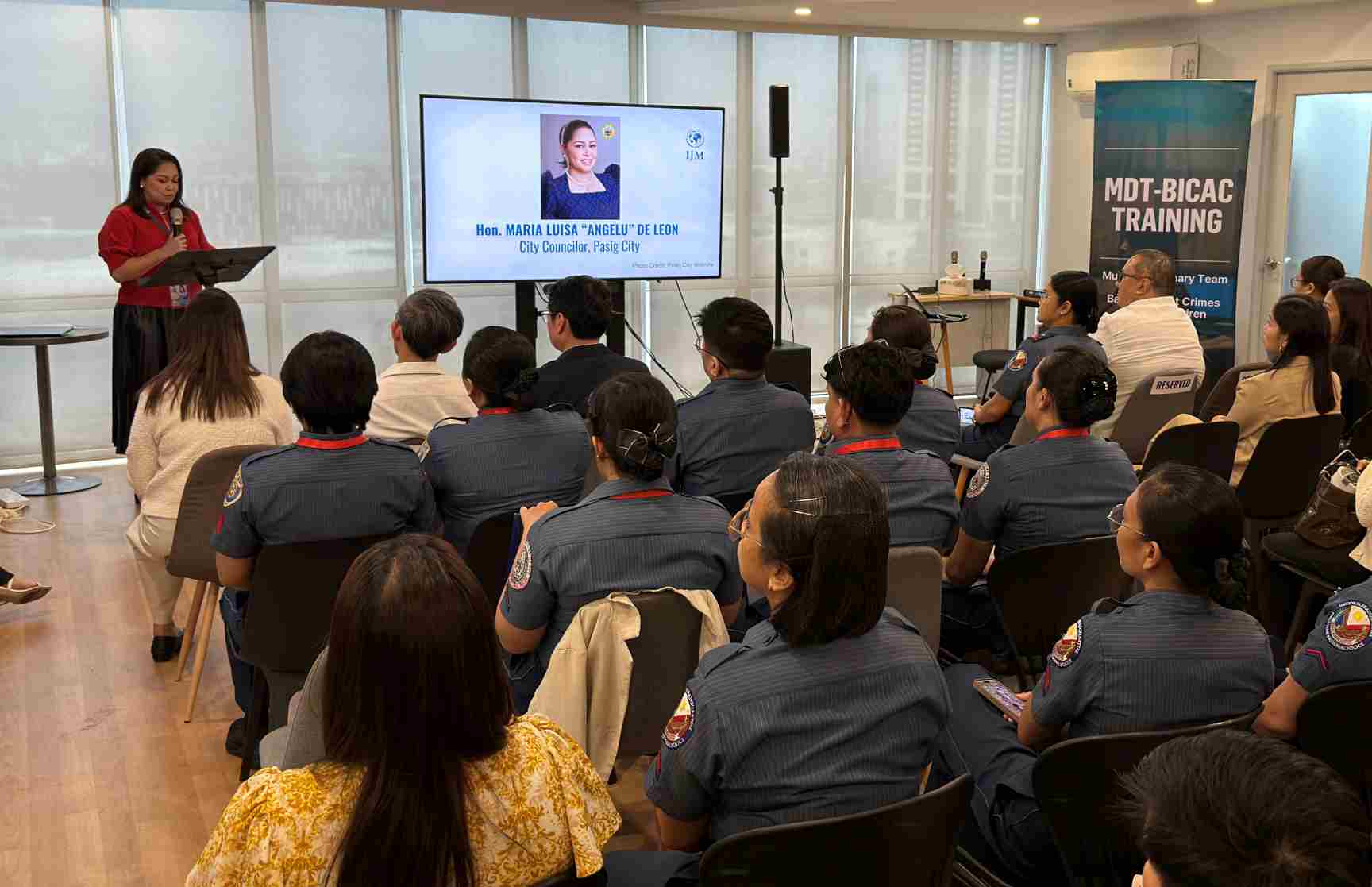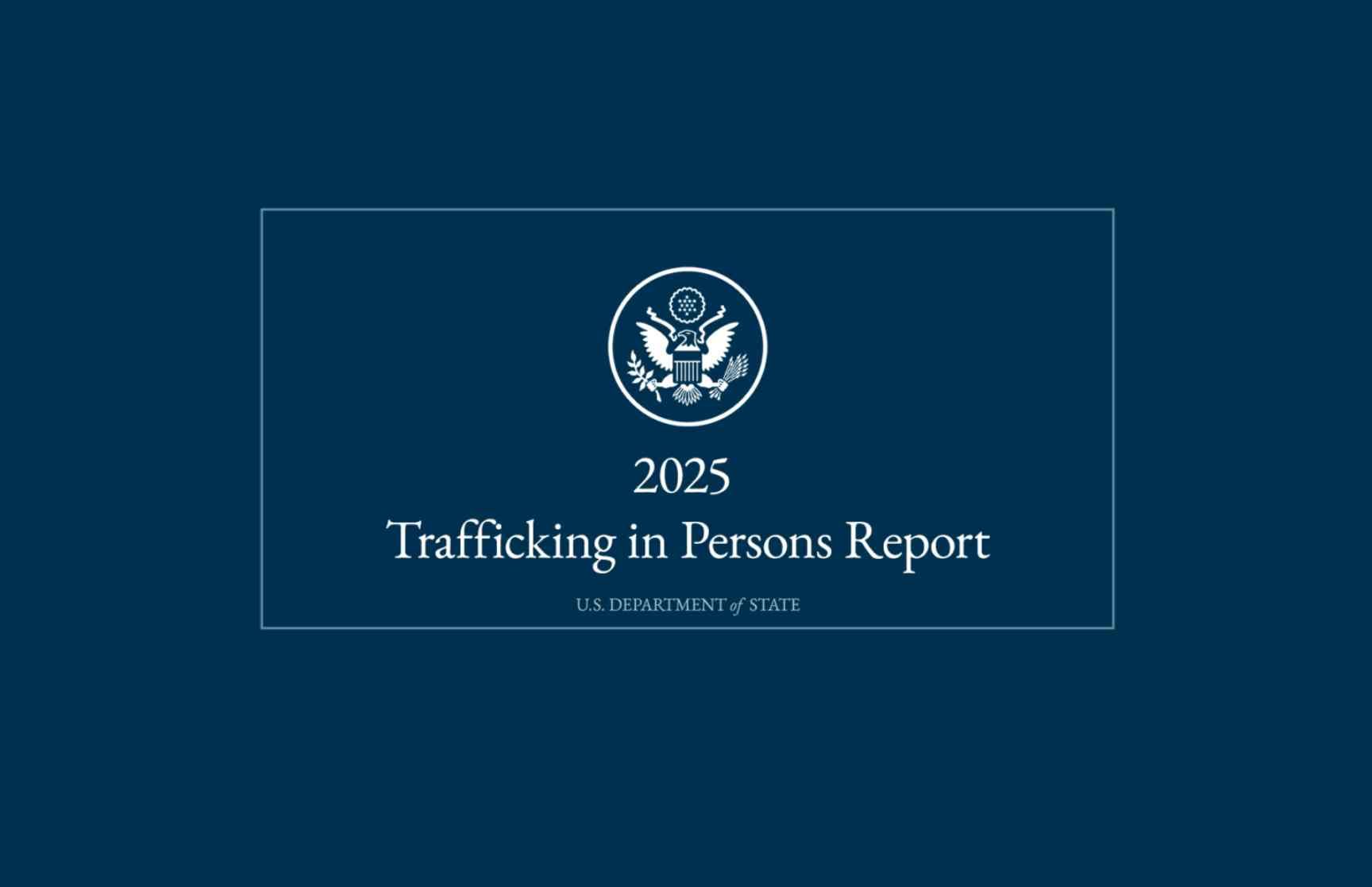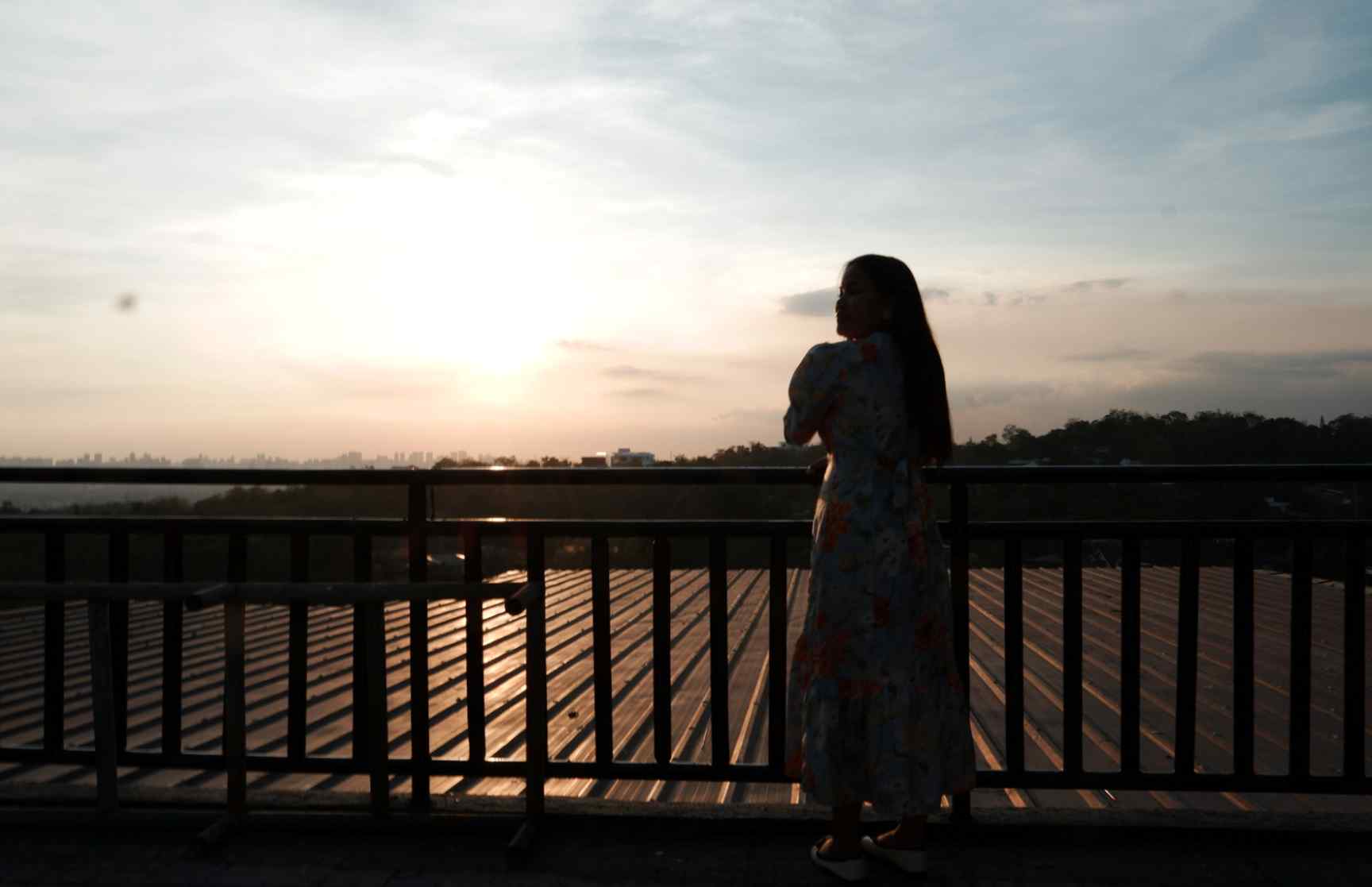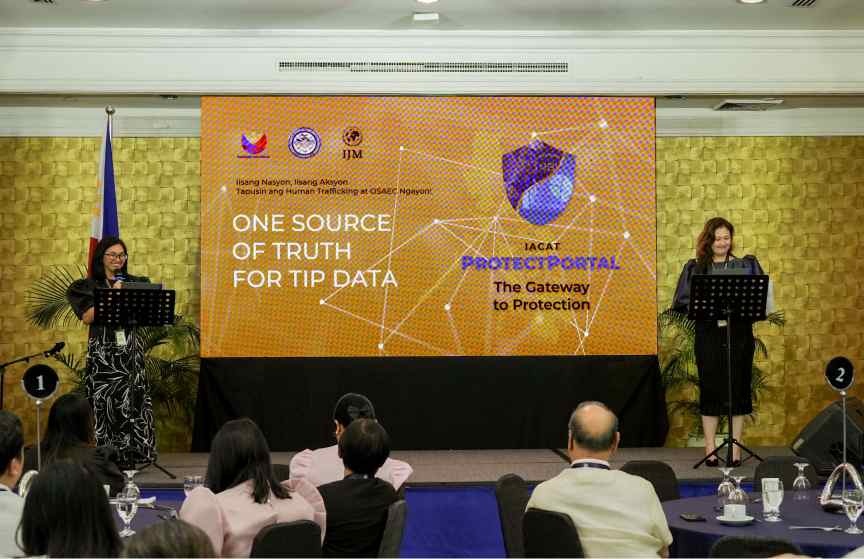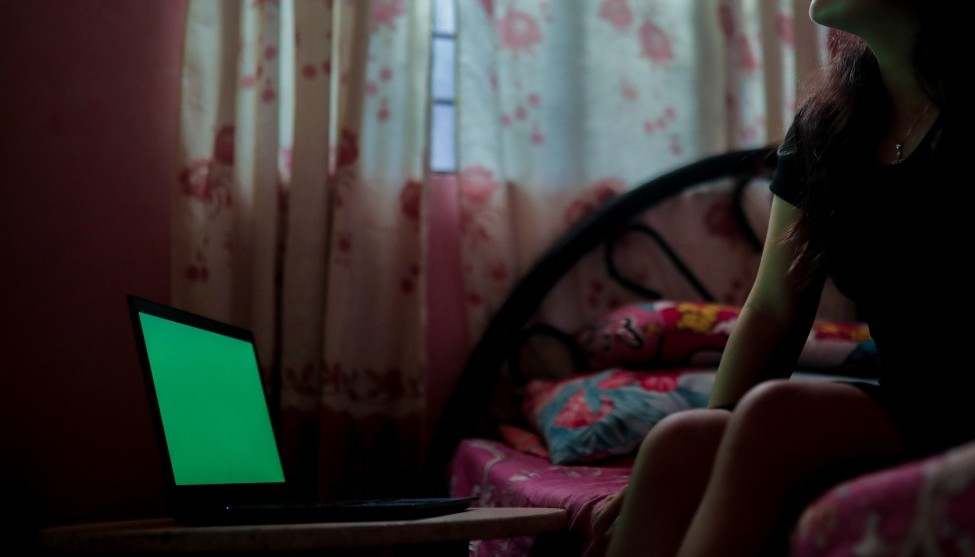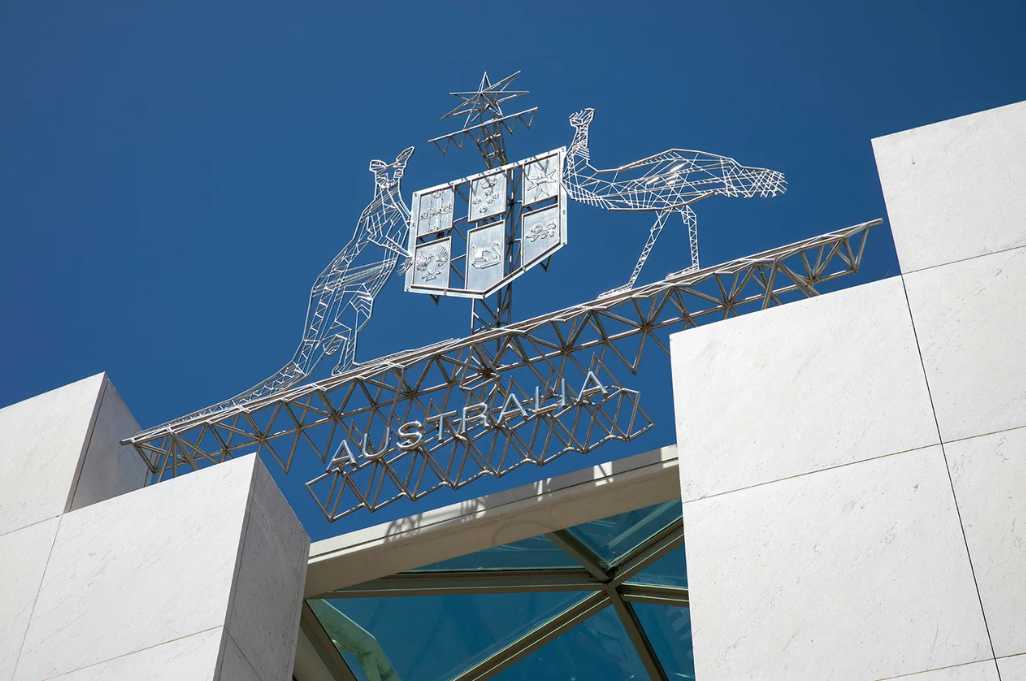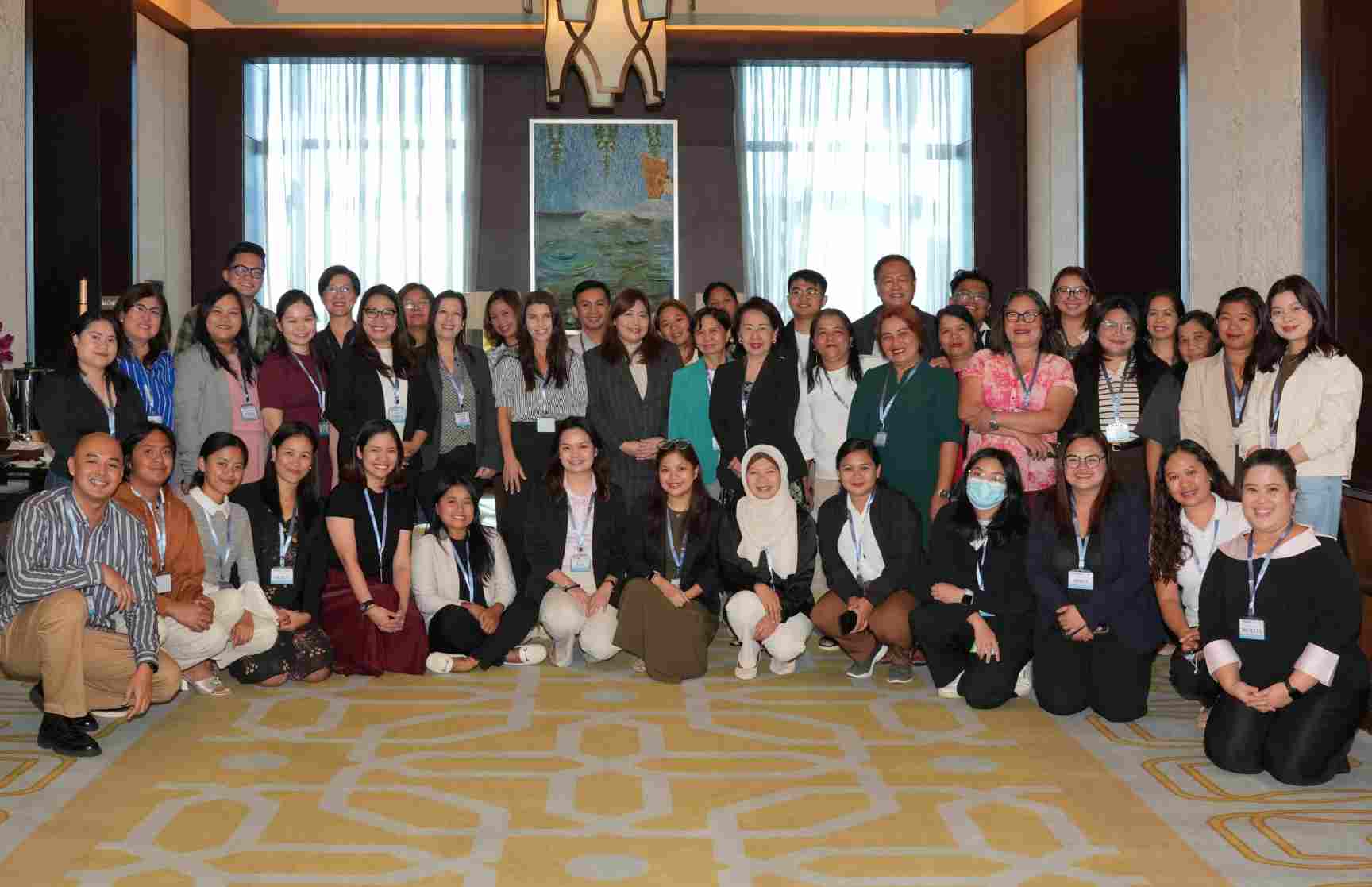
Survivors of online sexual exploitation of children (OSEC) experience not only the trauma of abuse but also the abrupt separation from family during the rescue process. In many cases, the perpetrators are family members. This is the painful complexity that aftercare faces in OSEC cases. Often, because a family member is behind the abuse, it becomes difficult to see that family—safe family members—can also present the best solution for the child’s placement during the assessment process that follows rescue.
This reality is the central theme of the Framework for Family Engagement (FFE) training—a groundbreaking initiative aligned with the Department of Social Welfare and Development’s Project SAFE Against OSAEC, which is aimed at “strengthening the protective mechanism for the recovery and safe reintegration of OSAEC victim-survivors.”
The FFE training took place from October 21-25 at Crimson Hotel in Alabang, and was led by International Justice Mission (IJM) in partnership with Global Child Advocates (GCA) and Austin Ridge Bible Church (ARBC). Social workers from the Department of Social Welfare and Development (DSWD) and the National Authority for Child Care (NACC) and from LGUs of Angeles, Cebu City and Iligan, shelter staff, and partner organizations gathered with a mindset ready to place themselves in the shoes of the survivor, while rediscovering the value of kinship care and family engagement—not only for child survivors but also for the social workers themselves.
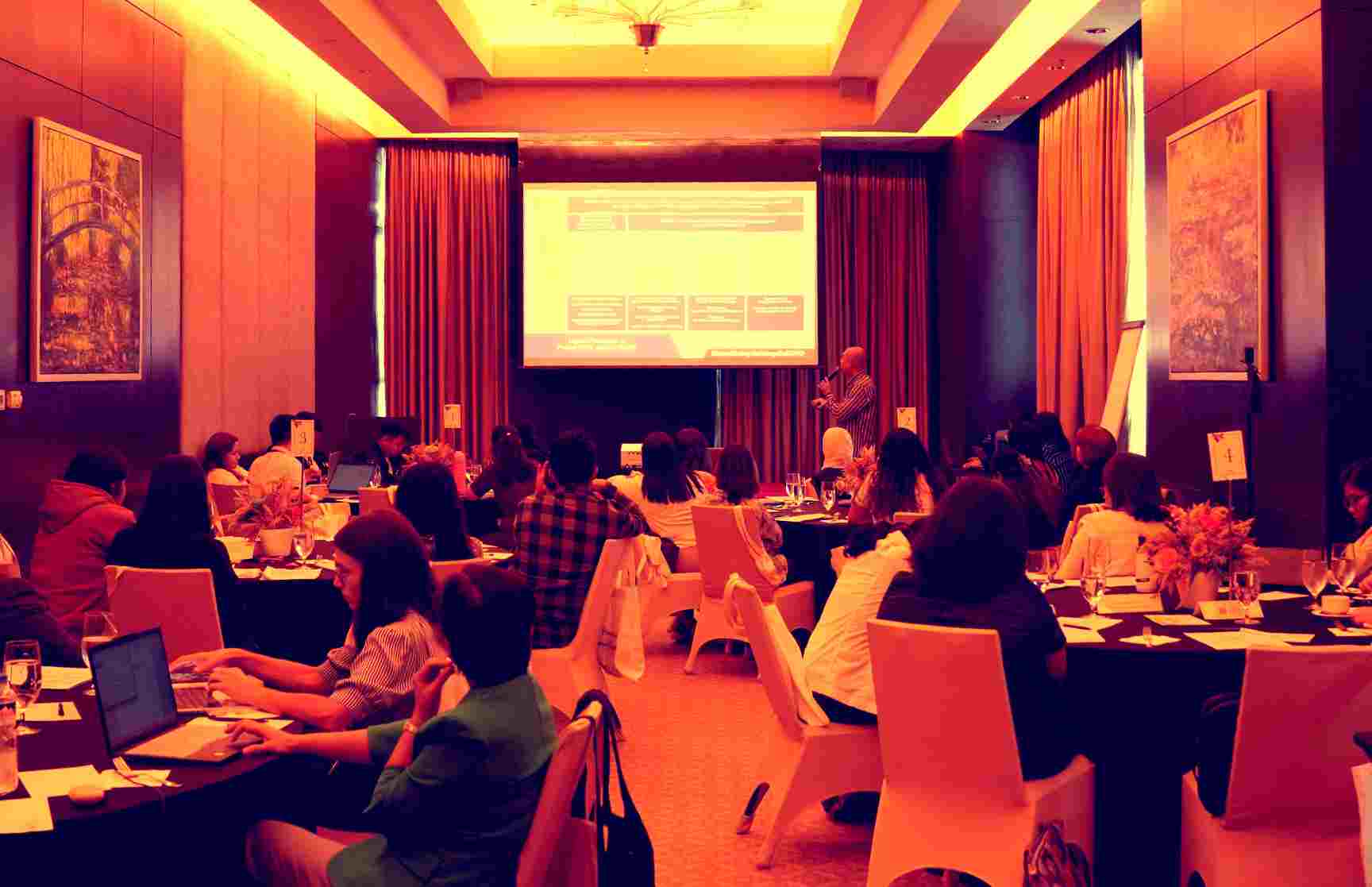
The Framework for Family Engagement was developed by Global Child Advocates (GCA) led by Ashlee Heiligman, who introduced it to IJM. IJM then tested the framework with Shechem, a local shelter. The FFE was then contextualized according to the realities faced by the local aftercare system.
The pilot testing of FFE at Shechem yielded encouraging results. In comparison to 26 children reintegrated with families since 2019 (roughly 5 children per year), the pilot testing of FFE in 2024 led to 9 children being reunified with families within a year, out of the 13 children who were part of the pilot testing.
Why family?
The reality is sobering: OSEC continues to devastate lives across the Philippines. IJM casework shows the average age of rescued children is just 11 years old, and in 42% of cases, the traffickers are parents, relatives, or trusted community members. This makes restoration far more complex than simply removing a child from harm.
“As we know, family is part of the problem. It is so ingrained in our psyche that perpetrators are family members. So it is natural to question whether family is the right solution,” says Jessa Lazarte, Family Engagement Specialist at IJM Philippines.
“It seems counterintuitive in the reality of OSEC but family-based care is actually the safest option for the child,” Jessa says.
It seems counterintuitive in the reality of OSEC but family-based care is actually the safest option for the child.
Jessa points out that “the average person has roughly 167 relatives. This means it is likely that a child does have safe family members to explore. Many children lose parental care and end up in institutions long-term not because family isn't available, but because they were never engaged."
Many children lose parental care and end up in institutions long-term not because family isn't available, but because they were never engaged.
"The Framework for Family Engagement is grounded in the belief that every child deserves a lifelong sense of family, belonging, and stability. It emphasizes the importance of relationships, both familial and community-based, as the foundation for a child’s safety and healing." This is Global Child Advocates' guiding philosophy.
“This training is not just about tools or protocols—it’s about reimagining what protection looks like. It’s about rediscovering the power of family, of kinship, of community,” Atty. Nelisa Guevara-Garcia, Director of Capacity Development at IJM said, in her opening remarks on the first training day. “Permanency is not a place—it’s a person.”
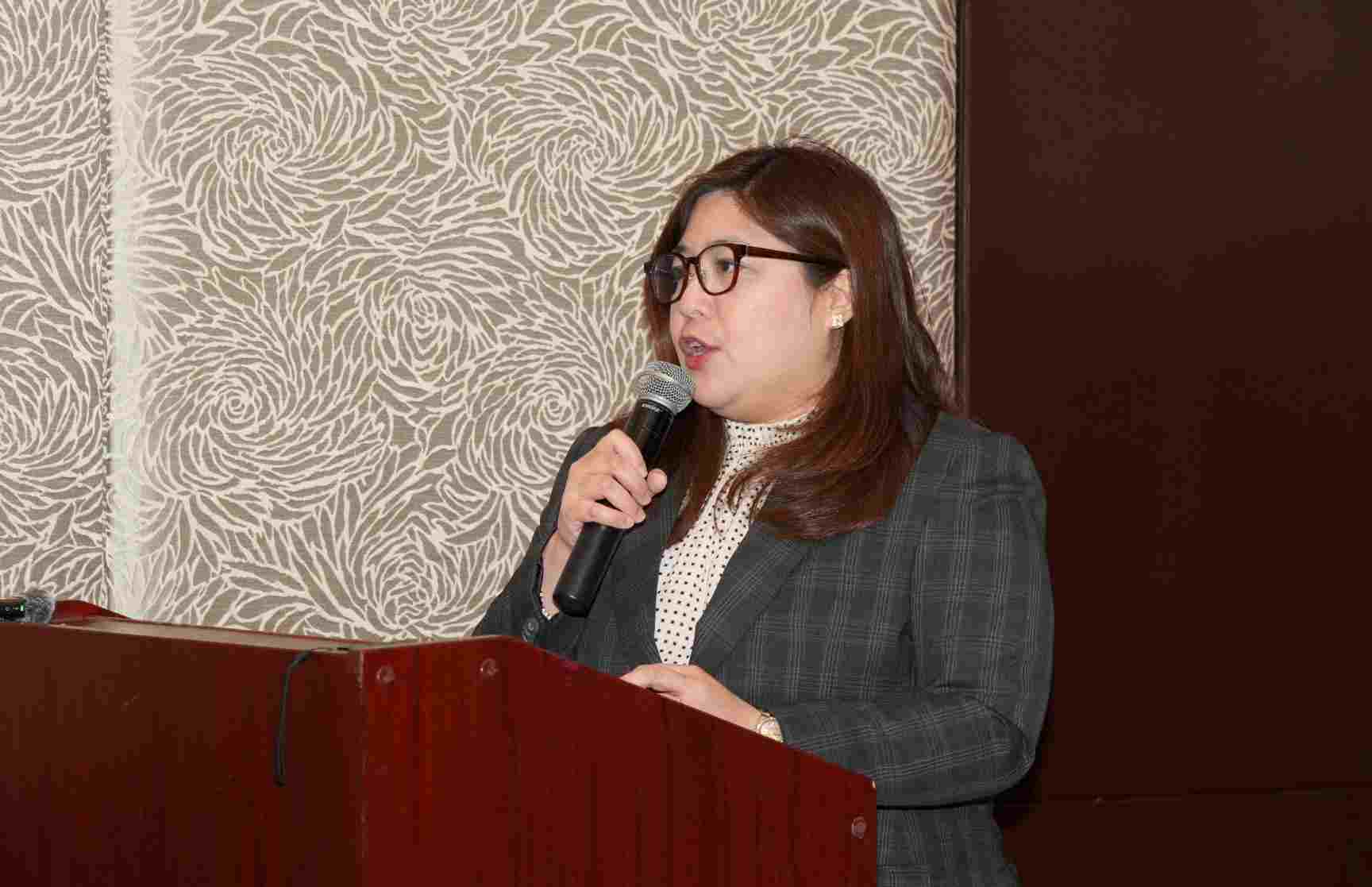 Atty. Nelisa Guevara-Garcia delivers the welcome remarks
Atty. Nelisa Guevara-Garcia delivers the welcome remarks
Permanency is not a place—it’s a person.
Quick Facts About OSEC and Family Engagement
- Average age of rescued children: 11 years old
- Family involvement: 42% of OSEC cases involve parents, relatives, or trusted community members
- Philippines policy: Despite DSWD’s de-institutionalization policy since 2004, residential care remains the most common placement
Event Highlights
The training was rich with insights that challenge prevailing paradigms and equipped participants with practical tools:
- Led by Jessa Lazarte, the Foundations of Family Care session unpacked why family engagement is critical, complemented by Clara Nemia Antipala’s discussion on childhood trauma and neuroplasticity, and Caryl Anne Malabo’s emphasis on the healing power of family relationships. The takeaway — childhood trauma alters the brain function but safe, loving relationships and healthy connections can rewire it back.
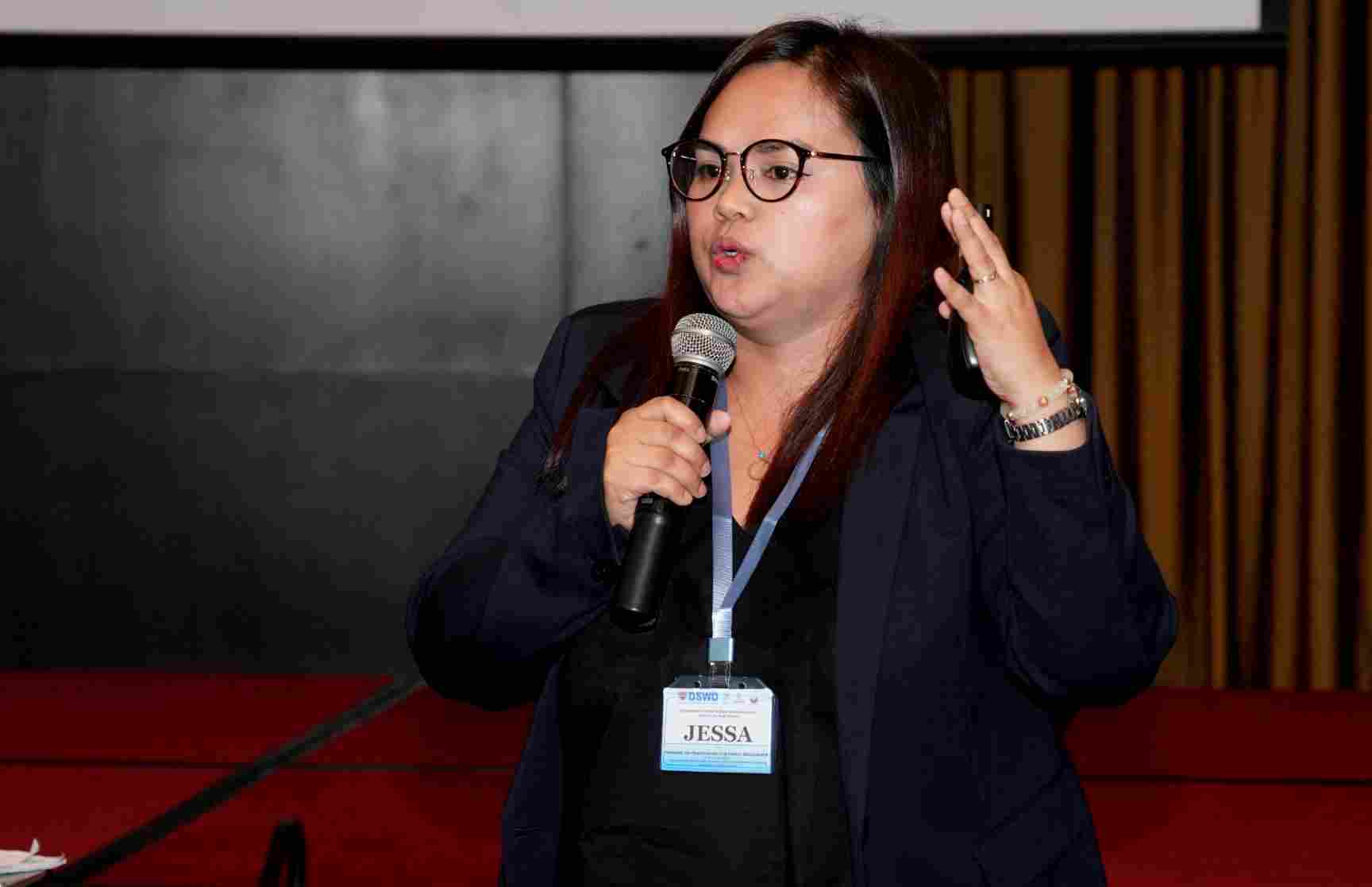 Jessa Lazarte, Family Engagement Specialist at IJM Philippines, leads the Foundations of Family Care session
Jessa Lazarte, Family Engagement Specialist at IJM Philippines, leads the Foundations of Family Care session
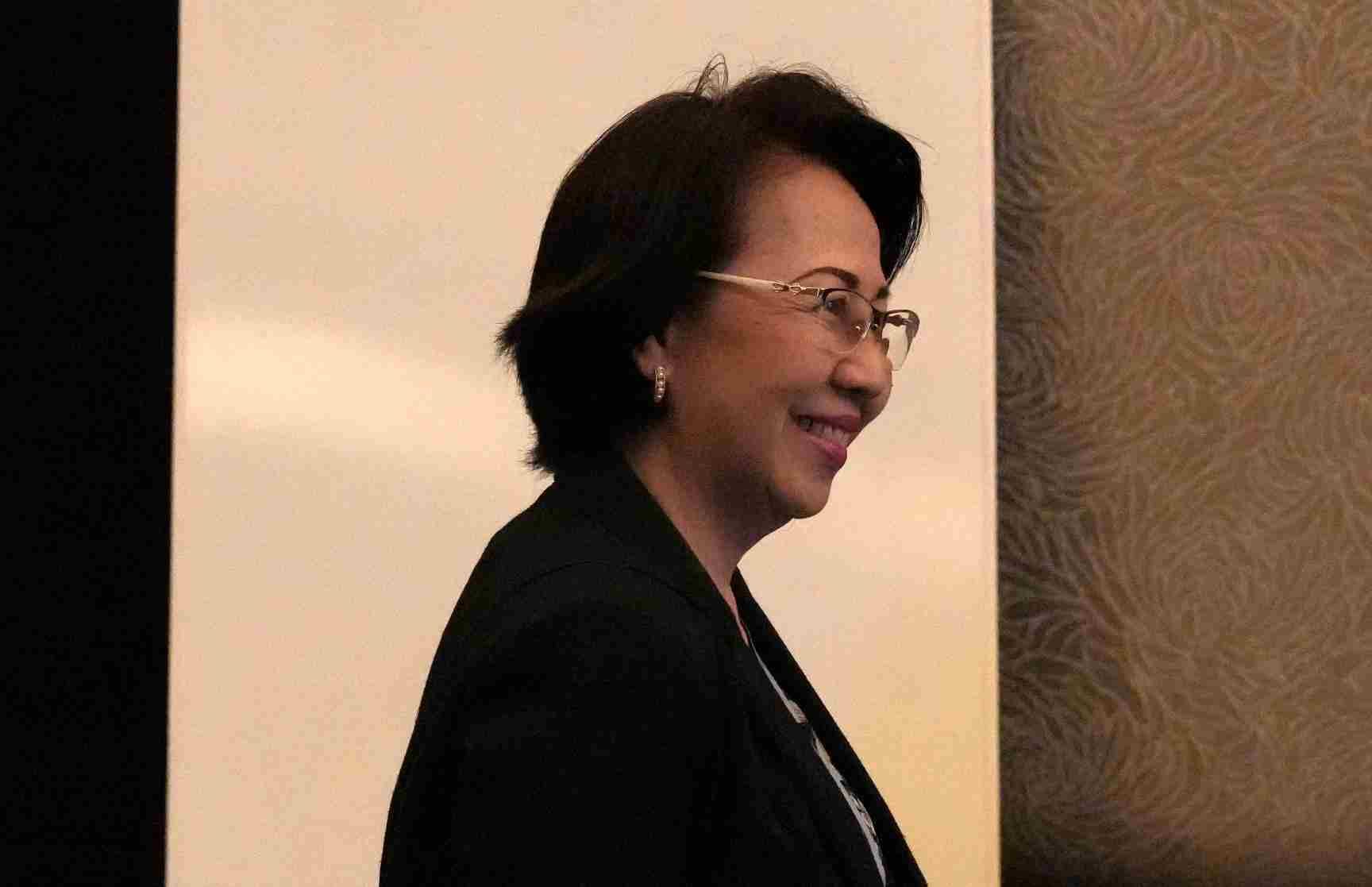 Dr. Clara Nemia Antipala of IJM leads a session on neuroplasticity
Dr. Clara Nemia Antipala of IJM leads a session on neuroplasticity
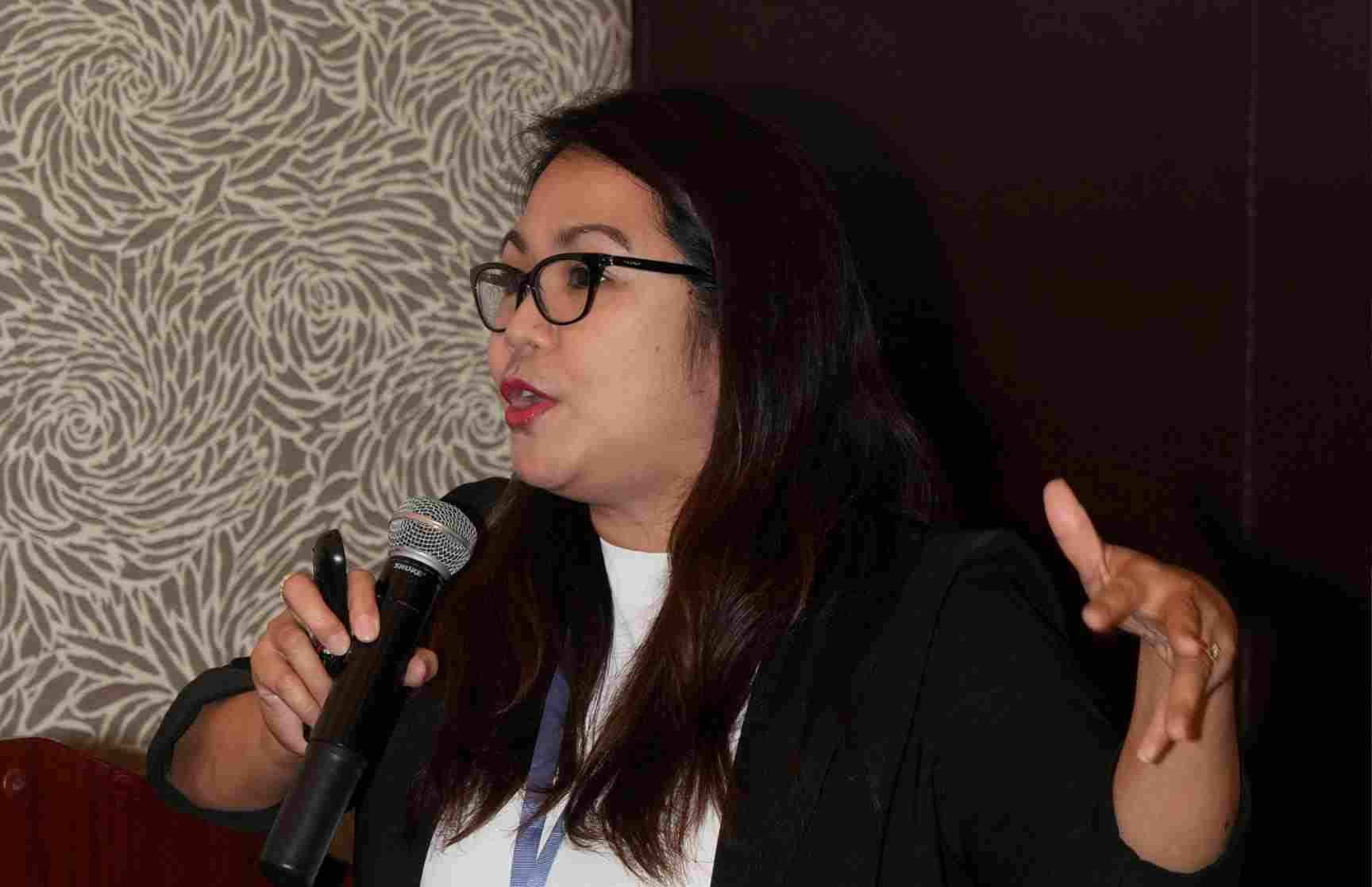 Caryl Malabo of IJM leads a session on the healing power of family relationships
Caryl Malabo of IJM leads a session on the healing power of family relationships
- Introducing the Framework for Family Engagement – Ashlee Heiligman, Global Director of GCA, introduced the FFE’s three stages: Explore, Evaluate, and Empower. Participants learned that permanency planning is not a checklist—it’s a journey of trust-building.
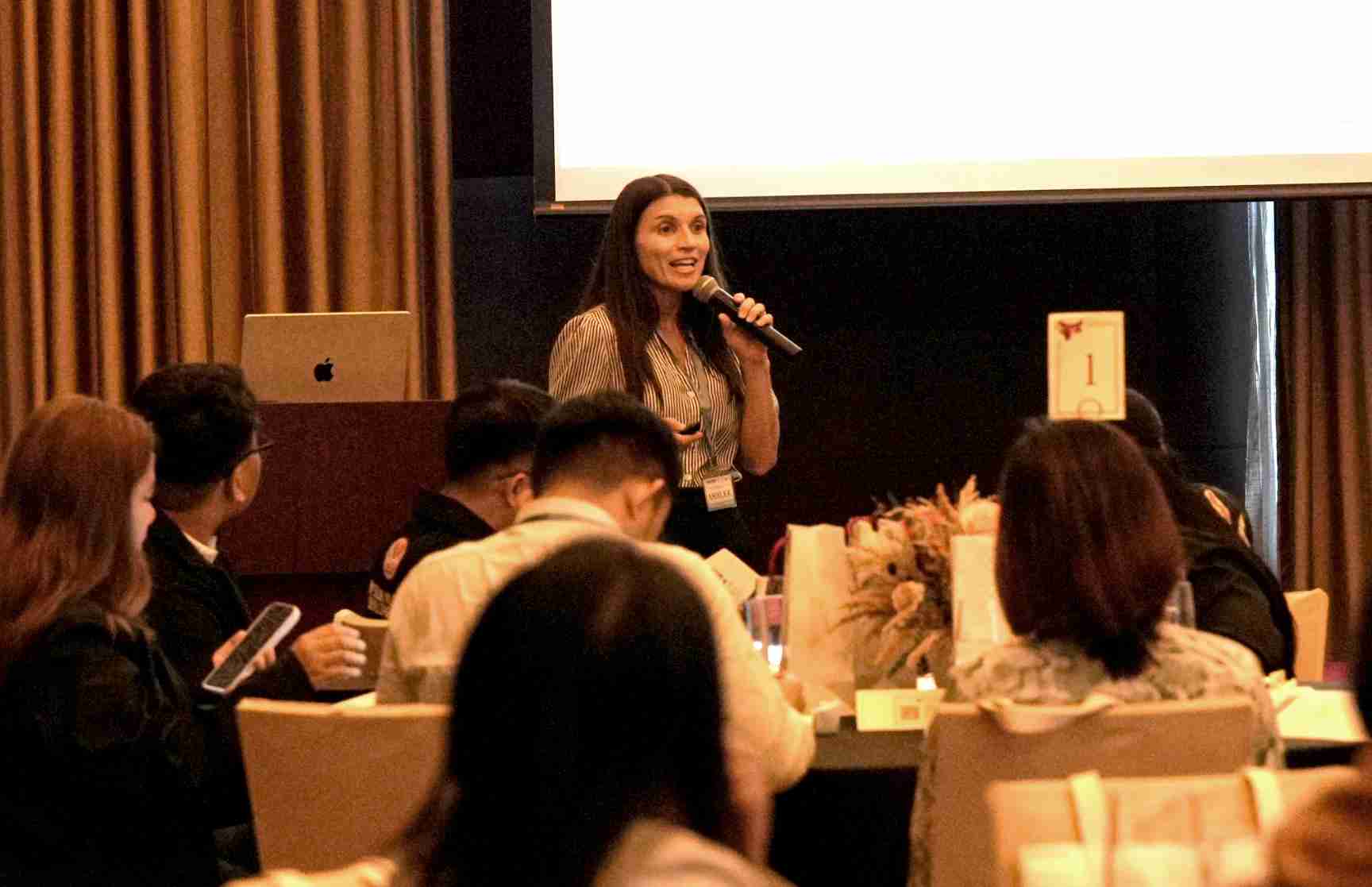 Ashlee Heiligman of Global Child Advocates introduces the FFE's 3 stages
Ashlee Heiligman of Global Child Advocates introduces the FFE's 3 stages
- Explore Stage Tools – Mobility mapping and genograms were described as “game-changers,” helping social workers identify safe adults early in the process.
- Evaluate Stage Strategies – Using ecomaps and Circle of Trust tools, participants learned to assess relationships and rebuild trust. Sessions on Good Enough Parenting and reconnection strategies sparked conversations about bias and cultural sensitivity.
- Empower Stage for Permanency – This stage focused on trauma-informed transitions, preparing children and caregivers, and mentorship for sustainable reintegration.
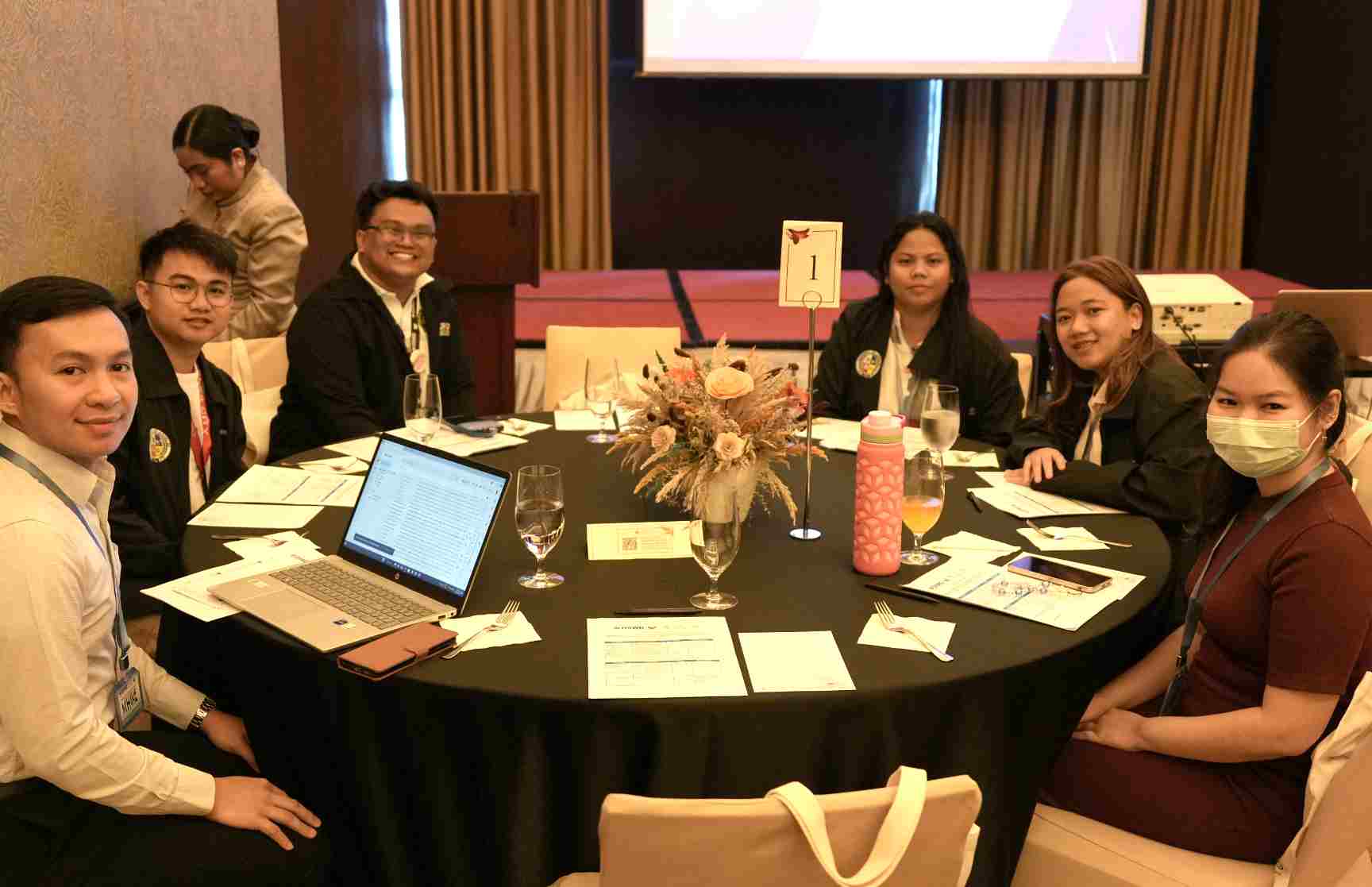
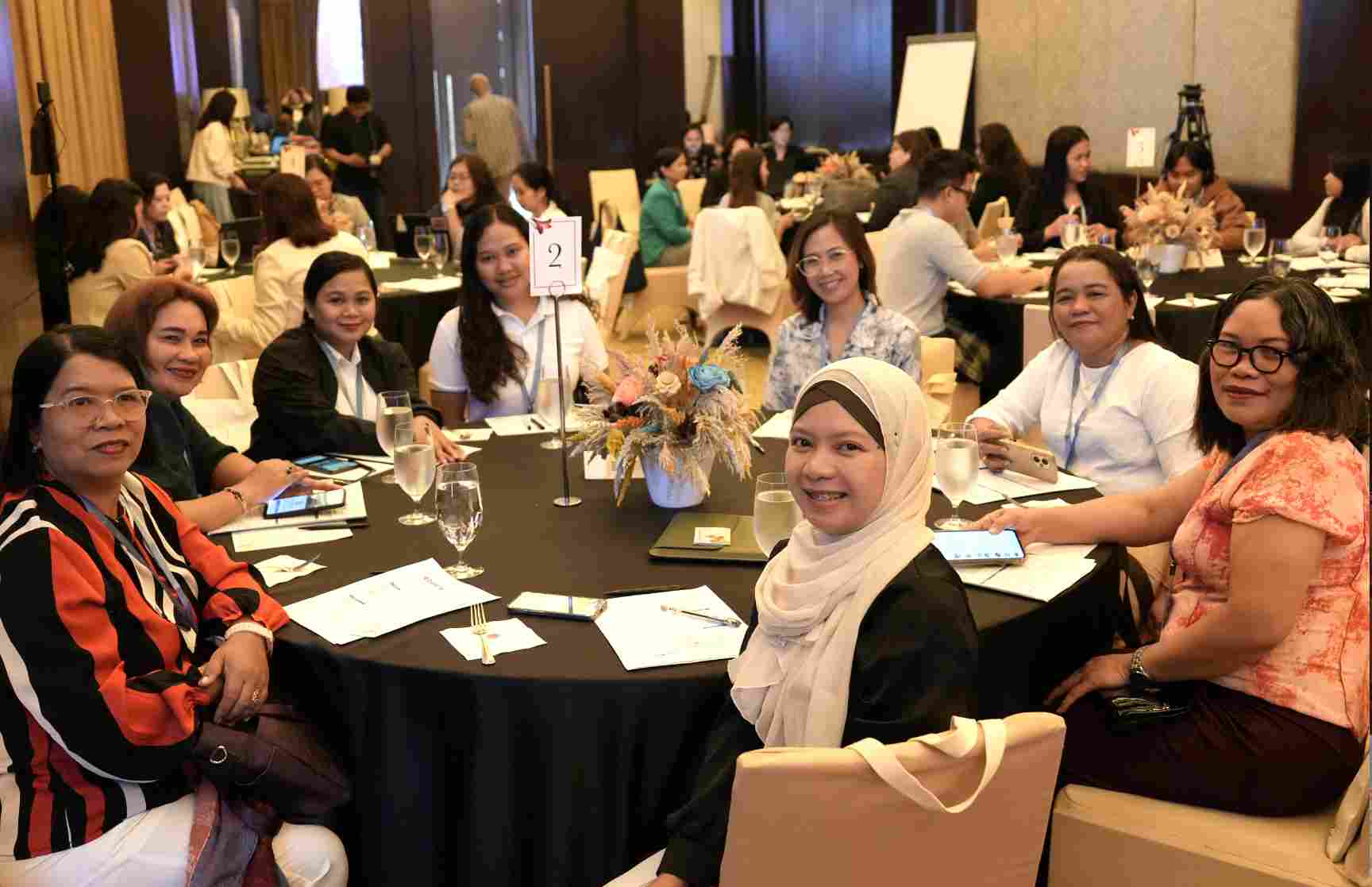
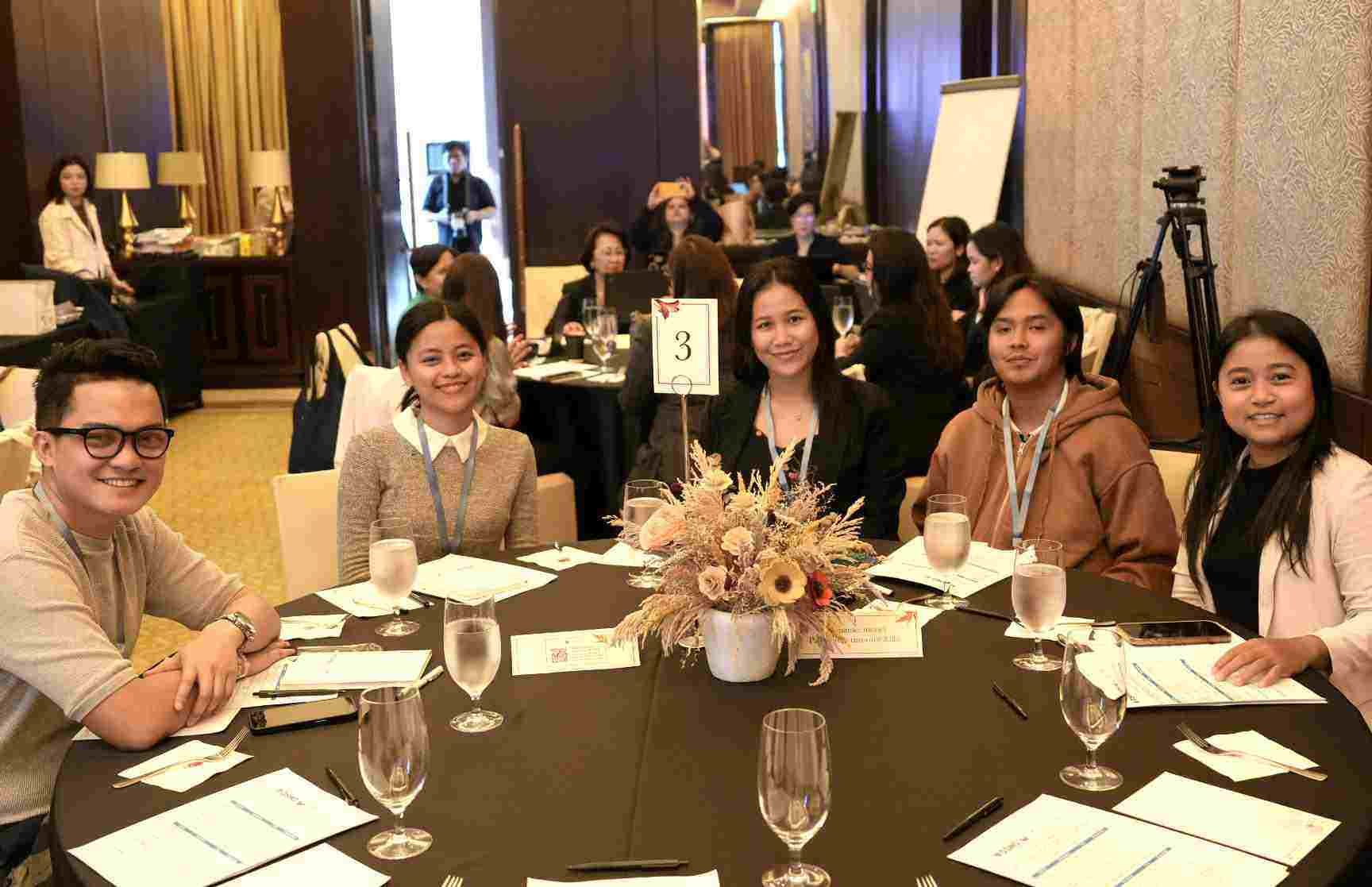
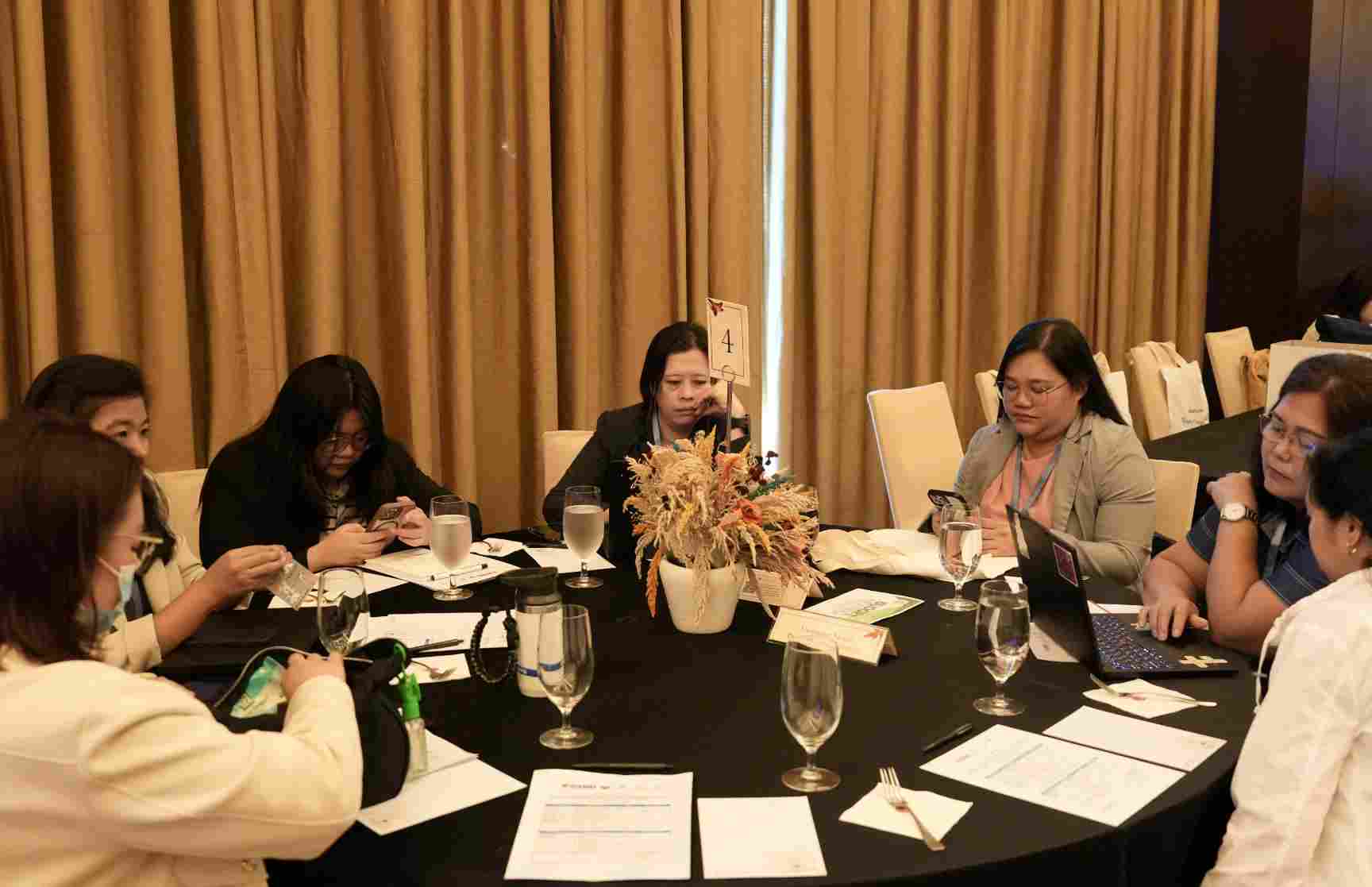
 Participants of the FFE pilot training
Participants of the FFE pilot training
Family Engagement is in the best interest of the child
The training reinforced what research and experience have long shown: kinship care—family-based care—offers the best outcomes for survivors:
- Greater stability and fewer behavioral issues
- Better mental health outcomes
- Preservation of cultural and family identity
- A sense of belonging and long-term healing
- Acts as a protective barrier against trafficking and exploitation
- Greatly reduces the likelihood of re-abuse
- Aligns with Filipino values of family and bayanihan Institutional care should only be used when no safe family options exist.
Aligned with Policy, Culture, and Science
The Framework for Family Engagement (FFE) is well- aligned with the Department of Social Welfare and Development’s (DSWD) long-standing policy on de-institutionalization which states that admitting children in residential care should be the last resort. It reinforces national and international guidelines that prioritize family-based care over institutional placement.
Beyond policy alignment, FFE resonates strongly with Filipino cultural values of family and bayanihan—the spirit of communal unity and support—making it both practical and culturally sustainable. At the same time, the framework is grounded in science-based approaches, integrating research on childhood trauma, attachment, and neuroplasticity. By equipping families with tools and knowledge, FFE ensures that healing happens in safe, nurturing relationships rather than systems, creating a holistic, evidence-driven model for survivor restoration.
Participant feedback
One participant noted the importance of prioritizing family participation in the healing process. Another shared that "the tools provided were very helpful—preparation became more thorough, and the tools were reliable. The framework had a clear and intentional process that matched real-world situations."
Participants also expressed appreciation for “the framework and guidance on reintegration.” They were grateful for how this training can help ensure that "children don’t get stuck in shelters," adding that "the tools help declog these facilities."
Some challenges identified by the participants are "alignment issues between LGU and shelter, including manpower concerns and time constraints." In the actual implementation, another hurdle might be "potential personal biases of social workers—what the child wants may differ from what the worker thinks is suitable."
Participants also shared some insights for consideration, such as the fact that the local government will also need to guard the sustainability of the program through possible transitions such as leadership changes.
Amidst the reality of LGUs and shelter staff tasked with multiple roles, FFE will need dedicated officers to support its implementation. "A long-term policy shift is needed to assign specific social workers to handle FFE."
Advocating for Family-Based Care
This training commences the Nationwide pilot training for strategic partners, mentoring plans, and integration of practical tools like mobility mapping and genograms. The FFE approach has already been tested in selected cases, from which the tools and processes have been refined and prepared for wider adoption.
Former DSWD Asec and now IJM consultant Teodulo Romo delivered training’s closing remarks. “As we conclude this pilot training on the Framework for Family Engagement (FFE), we mark more than just the end of a learning session--we mark the beginning of a movement towards change.”
“As social workers, you are now equipped to act swiftly and compassionately in identifying and engaging relatives immediately after rescue. Your role is pivotal in ensuring that no child lingers in institutional care longer than necessary,” Asec Romo challenged the participants.
As social workers, you are now equipped to act swiftly and compassionately in identifying and engaging relatives immediately after rescue. Your role is pivotal in ensuring that no child lingers in institutional care longer than necessary.
The Framework for Family Engagement will be implemented as part of Project SAFE, an ongoing initiative of the DSWD, which consists of 4 components covering advocacy, reporting, healing interventions, and post-reintegration services for survivors of OSAEC.
Funding has been allocated by DSWD for the expansion of the project. IJM and GCA will conduct a Training of Trainers (TOT) in 2026, followed by a series of trainings as part of Project SAFE. The pilot-testing of FFE is scheduled for November 2025 to April 2026, for LGUs Iligan, Cebu City and Angeles, who already received training. By July 2026, Project SAFE will expand in the entire Region III, VII, NCR, Calabarzon and Region VIII.
Following a round of implementation and measuring of results of the FFE, findings will be shared with stakeholders.
The envisioned outcome of FFE as part of Project SAFE is a culture shift in aftercare—less institutional care and more family placements, in which every child survivor receives the healing, support, and relationships they need. As former Asec Romo said, “Imagine a future where 95% of rescued children are placed with relatives--where kinship care is the norm, not the exception.”


